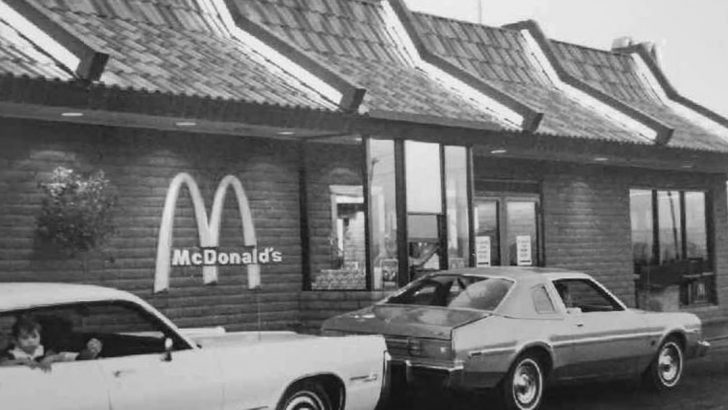Fast food has always been a reflection of societal trends. It was shifting preferences and evolving lifestyles.
As we explore this culinary journey, you’ll discover how palates have transformed over the decades.
Our taste in fast food tells an intriguing story of cultural and personal change over time.
1. Advent Of Drive-thrus

If you think back to the 1950s, the drive-thru was a revolutionary concept. It changed how we consumed fast food, offering convenience without leaving your vehicle.
This innovation resonated with America’s growing car culture. How did it taste? Quick and satisfying, tapping into a need for speed and efficiency.
2. Rise Of The Burger Chains
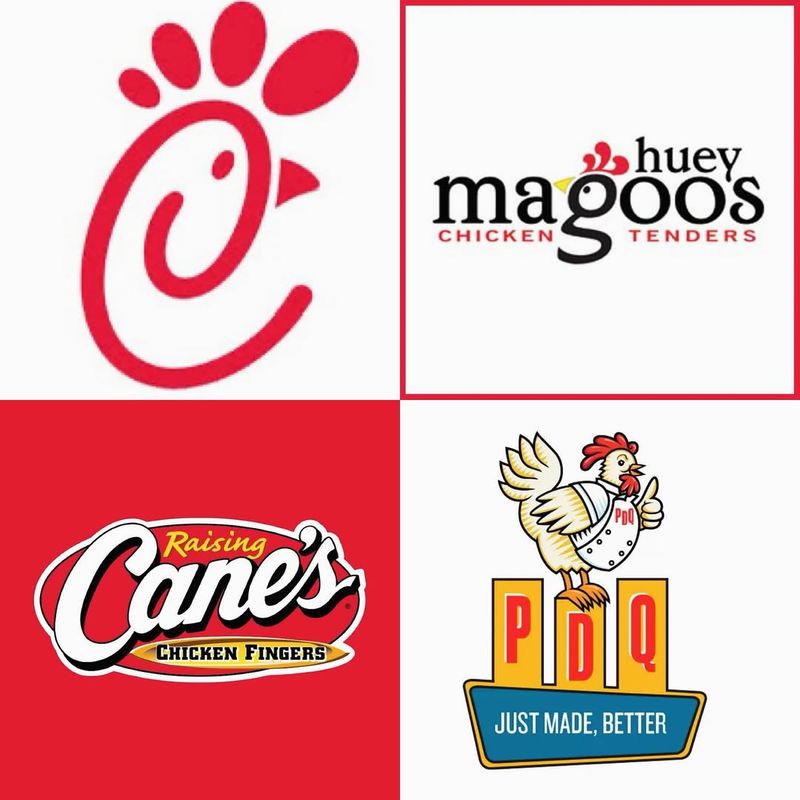
Where the 1970s saw burger chains becoming iconic, their success lay in standardization and branding. These golden arches became synonymous with consistency.
The taste was unmistakably uniform, appealing to those seeking familiarity. Yet, should you indulge frequently, a lack of variety could dull the novelty.
3. Introduction Of Ethnic Flavors
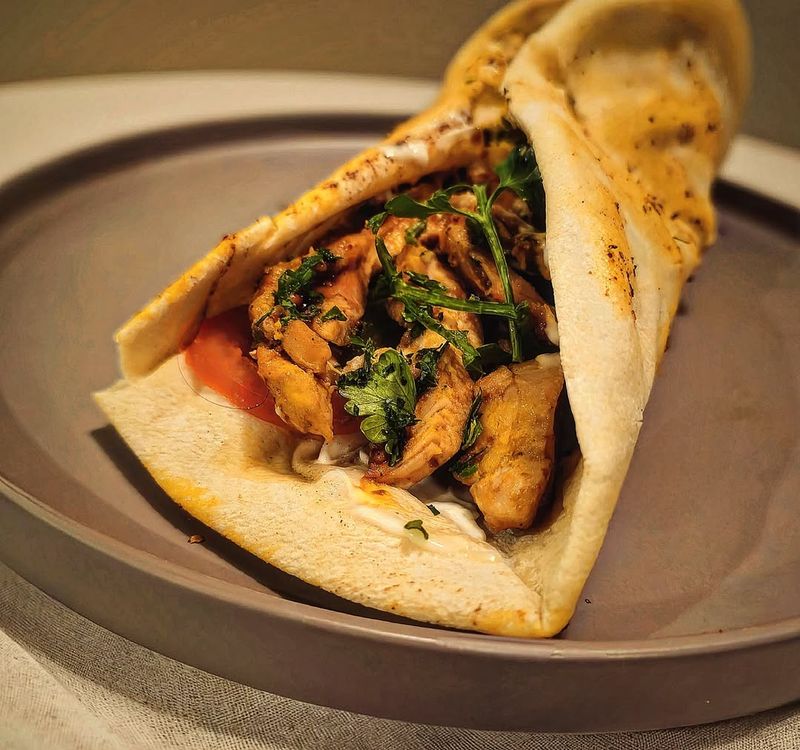
However, the 1980s brought a fusion of flavors, with ethnic foods entering the fast-food scene. Tacos and pizzas diversified the palate and catered to diverse tastes.
If you craved international flair, these offerings were a stepping stone. Yet, authenticity wasn’t always achieved, leaving some unsatisfied.
4. Healthy Fast Food Options

The 1990s marked a shift towards healthier options, as fast food chains introduced salads and low-fat meals. If you were health-conscious, this was a welcome change.
However, not all offerings lived up to the health claims, leading to skepticism.
5. Organic And Sustainable Choices
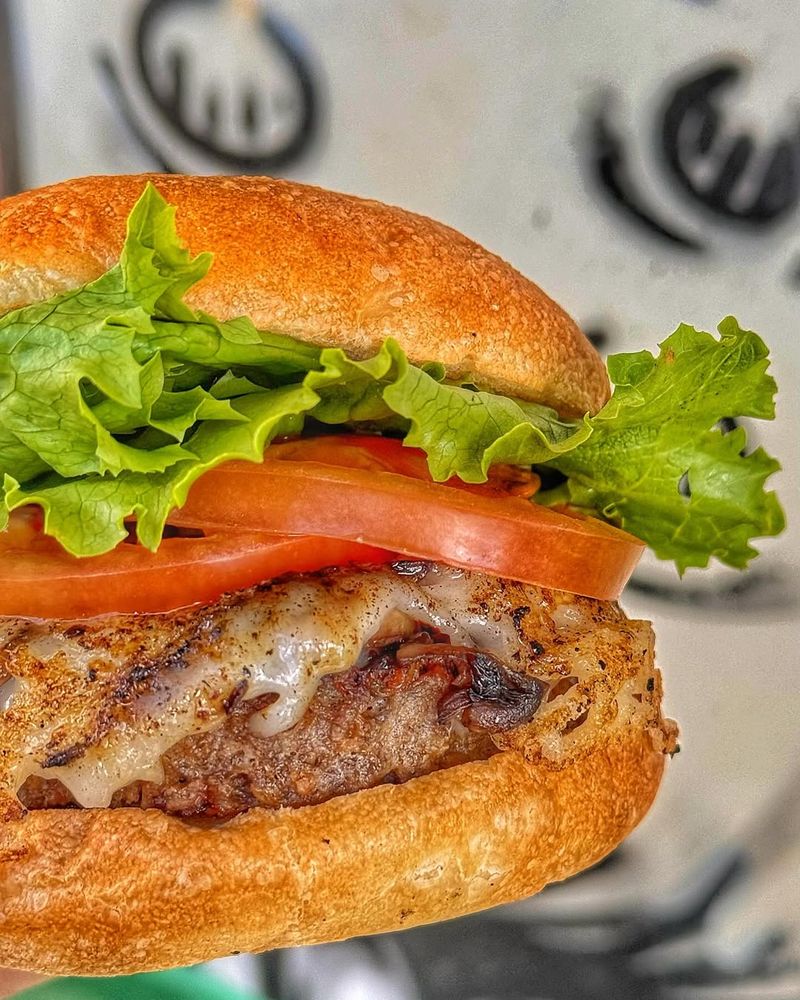
Though fast food initially thrived on speed, the 2000s emphasized sustainability. Organic and eco-friendly options started gaining traction.
If you valued environmental impact, these choices offered a way to indulge guilt-free. However, availability was often limited, posing a challenge for widespread adoption.
6. Gourmet Fast Food

The recent trend of gourmet fast food elevated the dining experience. Fancy burgers with unique toppings transformed traditional offerings.
Where fast food once meant basic, gourmet choices promised culinary delight. If you’re seeking an elevated taste, these options deliver. Yet, the higher price point may deter some.
7. Vegan And Plant-Based Options
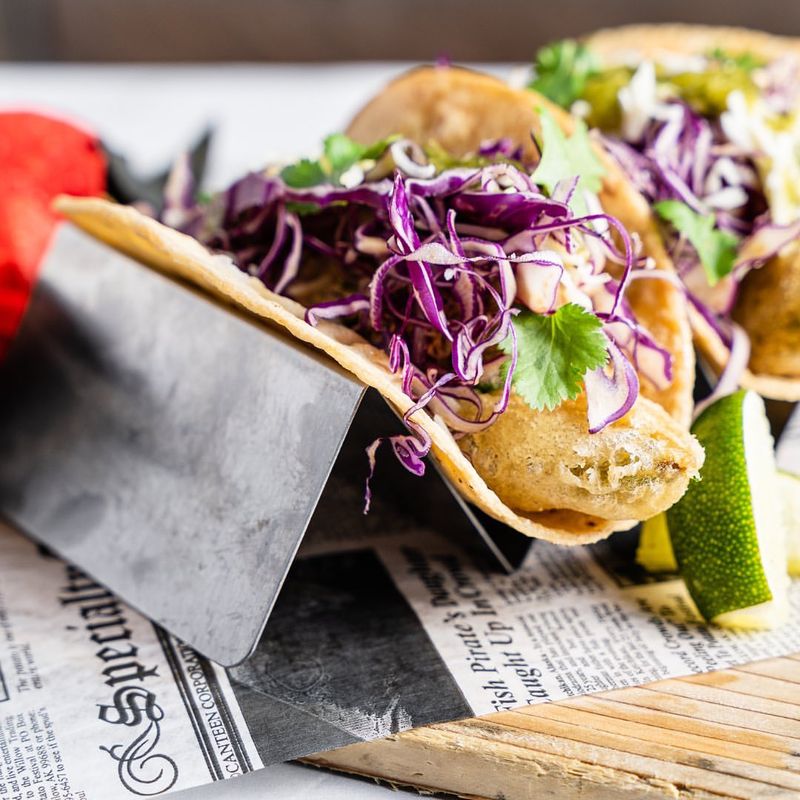
Where plant-based diets gained popularity, fast food chains adapted by offering vegan options. If you’re embracing a vegan lifestyle, these choices provide inclusivity.
The taste often divides opinions—some love it, others not so much. Yet, it represents a significant move towards accommodating diverse dietary preferences.
8. Rise Of Chicken Sandwiches

If you’ve noticed the surge in chicken sandwiches, you’d be right. This trend underscores a shift from traditional beef-based menus. How do they compare?
Crispy, flavorful, and often with spicy variations, these sandwiches offer a fresh alternative. Yet, over-saturation in the market could lead to diminishing returns.
9. Adoption Of Technology
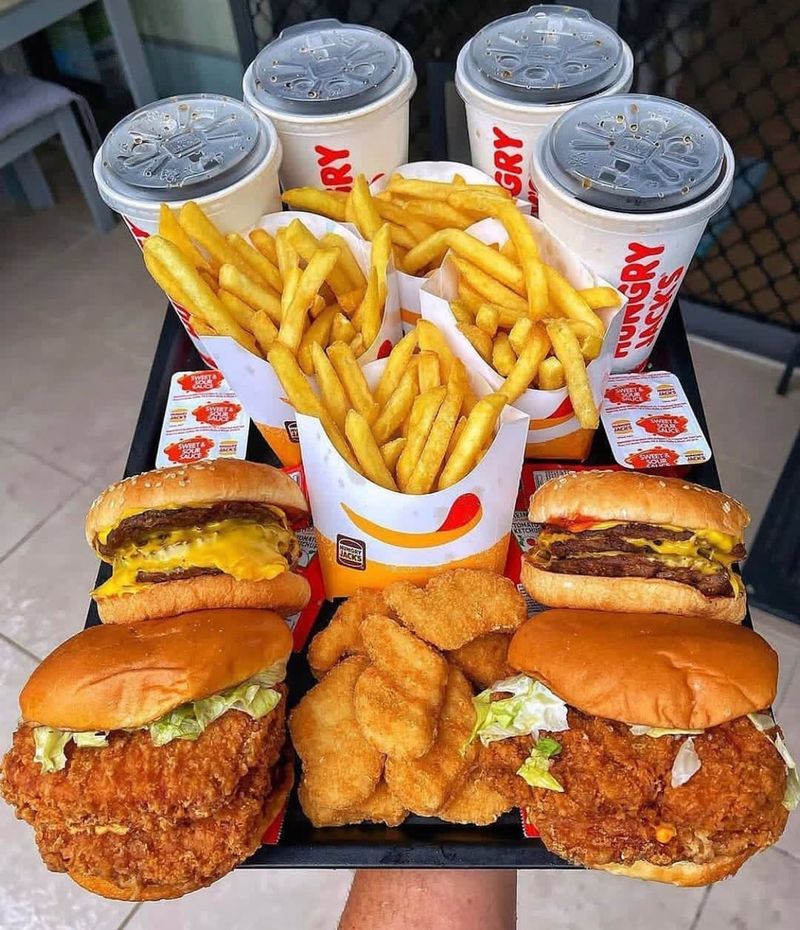
Technology has profoundly altered the fast food landscape. Self-service kiosks and mobile apps streamline ordering, reflecting digital progression.
If you value speed and customization, technology offers convenience. Yet, the personal touch of human interaction is often missed.
10. Focus On Local Sourcing

Local sourcing is a burgeoning trend, with chains emphasizing regional ingredients. If you prioritize freshness and community support, this shift aligns with your values.
However, consistency in flavor can vary, challenging nationwide uniformity. It fosters a deeper connection between consumers and food.
11. Gluten-Free Options
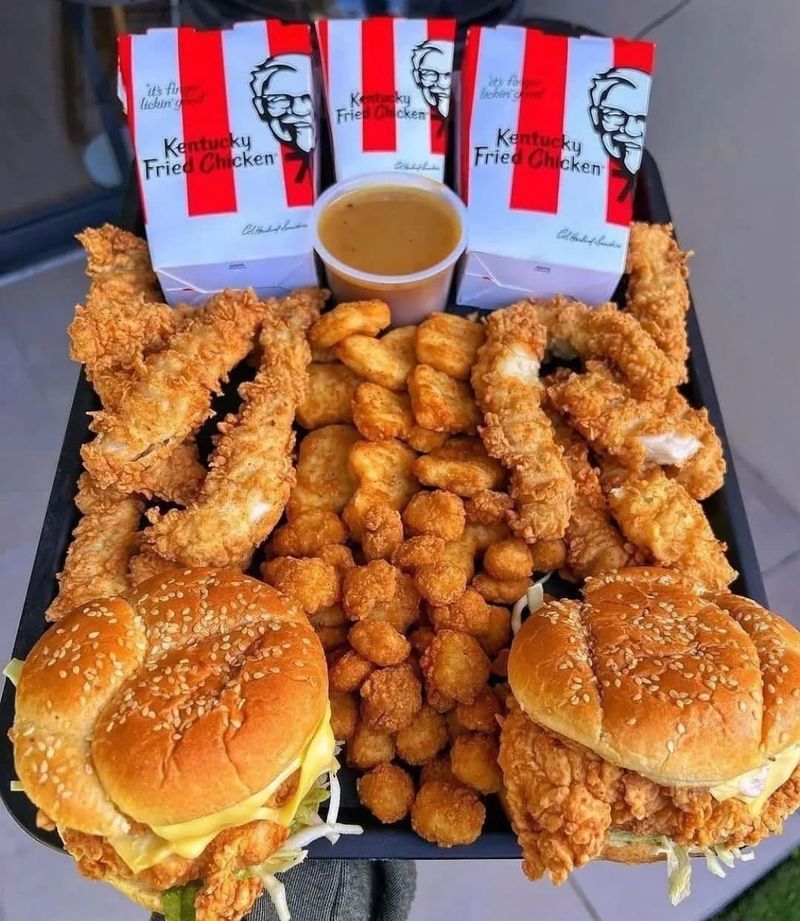
How has the rise of gluten-free options affected fast food? It addresses the needs of those with dietary restrictions, allowing inclusivity.
If you’re gluten-sensitive, these are a blessing. But, not all offerings meet taste expectations, sometimes falling short. .
12. Expansion Of Breakfast Menus

Where breakfast once played second fiddle, it’s now a focal point in fast food. If you’re a morning person, expanded breakfast menus offer variety and convenience.
Not all items rise to excellence, with quality sometimes inconsistent. However, this shift caters to early risers’ needs!
13. Customization Craze
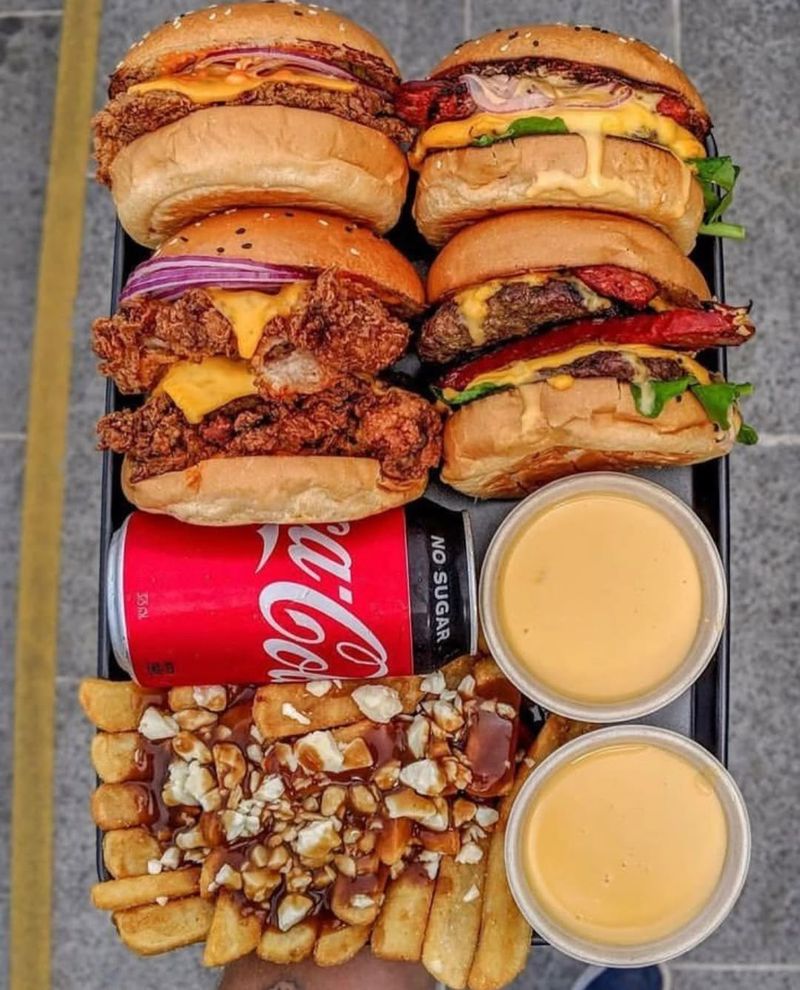
If you’ve craved control over your meal, the customization trend fulfills that desire. Where generic options dominated, now you can tailor your meal to your liking.
The abundance of choices can overwhelm. It represents a shift towards personal preference, allowing diners to express individuality in their meals.

